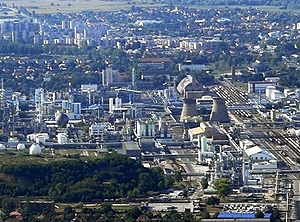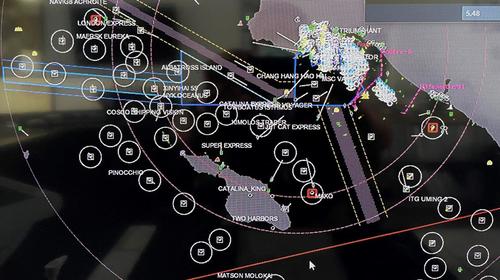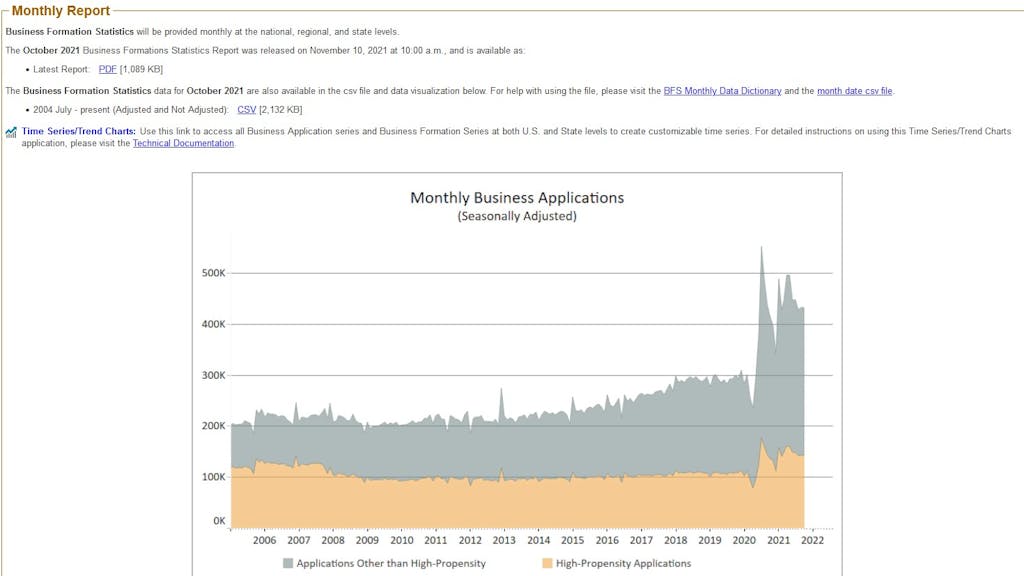Current Affairs
November 29, 2021
More on BorsodChem FM
MDI: BorsodChem erklärt Force Majeure in Ungarn
22.11.2021
 Anlagen im ungarischen Kazincbarcika (Foto: BorsodChem)
Anlagen im ungarischen Kazincbarcika (Foto: BorsodChem)
Offenbar hat der Isocyanat-Produzent BorsodChem (Kazincbarcika / Ungarn) größere Schwierigkeiten mit der MDI-Erzeugung am ungarischen Standort Kazincbarcika. Das Unternehmen bestätigte auf KI-Nachfrage die Force Majeure auf die PUR-Komponente seit dem 17. November 2021. Ursache sind dem Vernehmen nach technische Probleme, die mit der während der Wartung durchgeführten Erweiterung der Anlage zu tun haben könnten.
Apparently, the isocyanate producer BorsodChem (Kazincbarcika / Hungary) has greater difficulties with MDI production at the Hungarian site Kazincbarcika. On AI request, the company confirmed the force majeure on the PUR component since November 17, 2021, due to technical problems that could have to do with the expansion of the plant carried out during maintenance.
Der börsennotierte BorsodChem-Mutterkonzern Wanhua Chemical (Yantai,Shandong / China; https://en.whchem.com) hatte zwar im Zuge der turnusgemäßen Wartung der ungarischen MDI-Anlage bereits am 20. Oktober verkündet, die Wartung sei abgeschlossen und die normale Produktion wieder aufgenommen worden. In den vergangenen vier Wochen mehrten sich jedoch die Anzeichen dafür, dass die Anlage nicht so normal lief, wie die Meldung an der Shanghaier Börse es hatte vermuten lassen.
The listed BorsodChem parent company Wanhua Chemical (Yantai, Shandong / China; https://en.whchem.com) had already announced on October 20 that maintenance had been completed and normal production resumed in the course of the regular maintenance of the Hungarian MDI plant. In the past four weeks, however, there have been increasing signs that the investment was not running as normally as the news on the Shanghai Stock Exchange had suggested.
https://www.kunststoffweb.de/branchen-news/mdi_borsodchem_erklaert_force_majeure_in_ungarn_t249053
November 29, 2021
More on BorsodChem FM
MDI: BorsodChem erklärt Force Majeure in Ungarn
22.11.2021
 Anlagen im ungarischen Kazincbarcika (Foto: BorsodChem)
Anlagen im ungarischen Kazincbarcika (Foto: BorsodChem)
Offenbar hat der Isocyanat-Produzent BorsodChem (Kazincbarcika / Ungarn) größere Schwierigkeiten mit der MDI-Erzeugung am ungarischen Standort Kazincbarcika. Das Unternehmen bestätigte auf KI-Nachfrage die Force Majeure auf die PUR-Komponente seit dem 17. November 2021. Ursache sind dem Vernehmen nach technische Probleme, die mit der während der Wartung durchgeführten Erweiterung der Anlage zu tun haben könnten.
Apparently, the isocyanate producer BorsodChem (Kazincbarcika / Hungary) has greater difficulties with MDI production at the Hungarian site Kazincbarcika. On AI request, the company confirmed the force majeure on the PUR component since November 17, 2021, due to technical problems that could have to do with the expansion of the plant carried out during maintenance.
Der börsennotierte BorsodChem-Mutterkonzern Wanhua Chemical (Yantai,Shandong / China; https://en.whchem.com) hatte zwar im Zuge der turnusgemäßen Wartung der ungarischen MDI-Anlage bereits am 20. Oktober verkündet, die Wartung sei abgeschlossen und die normale Produktion wieder aufgenommen worden. In den vergangenen vier Wochen mehrten sich jedoch die Anzeichen dafür, dass die Anlage nicht so normal lief, wie die Meldung an der Shanghaier Börse es hatte vermuten lassen.
The listed BorsodChem parent company Wanhua Chemical (Yantai, Shandong / China; https://en.whchem.com) had already announced on October 20 that maintenance had been completed and normal production resumed in the course of the regular maintenance of the Hungarian MDI plant. In the past four weeks, however, there have been increasing signs that the investment was not running as normally as the news on the Shanghai Stock Exchange had suggested.
https://www.kunststoffweb.de/branchen-news/mdi_borsodchem_erklaert_force_majeure_in_ungarn_t249053
November 29, 2021
New Business Applications Booming
November 29, 2021
New Business Applications Booming
November 20, 2021
Container Imports Normalizing?
Peak Season Over: Container-Ship Arrivals In Southern California Fall
by Tyler DurdenSaturday, Nov 20, 2021 – 05:30 PM
By Greg Miller of Freightwaves
Amid all the headlines on consumer demand, imports to America’s primary container gateway — the ports of Los Angeles and Long Beach — have sunk back to pre-COVID levels, not only due to congestion stranding massive amounts of cargo offshore, but also due to a pullback in ship arrivals that’s being obscured by the congestion story.
LA-LB imports normalizing
The Port of Los Angeles held its monthly press briefing on Tuesday, featuring Transportation Secretary Pete Buttigieg, but the port didn’t have its monthly numbers ready at the time of the event.
Two days later, the country’s largest port belatedly reported that it imported 467,287 twenty-foot equivalent units of containerized cargo in October, down 8% from October 2020 and down 4% from October 2018, pre-COVID.
Looking at LA-LB volumes combined, October import volumes totaled 852,287 TEUs, down 6% from last October and flat with October 2018 levels. Monthly imports to LA-LB in October were down 13% from this year’s May peak of 980,450 TEUs.

LA-LB imports are still on track for a record year. Also, at the end of last month, statistics from the Marine Exchange of Southern California showed ships waiting offshore with a capacity of 637,326 TEUs. In other words, October would have been by far the best import month ever for Southern California, if only all that cargo could have made it ashore.
Ship arrivals are falling
The number of container ships arriving in LA-LB is actually falling as wait times from anchorage to berth are simultaneously surging.
The rising number of ships at anchor or loitering is creating the perception of a rising tide of U.S. imports, when in fact, higher wait times for ships are being caused by landside logistics issues and gridlock at the ports — not higher inbound container-ship arrivals.Chart: American Shipper based on data from ports of Los Angeles and Long Beach
The Marine Exchange publishes a daily harbor traffic update showing the number of container ships scheduled to arrive the following day. American Shipper analyzed the daily Marine Exchange data on scheduled arrivals for the following day from Aug. 1 through Wednesday.
In the second half of this year, container-ship daily arrivals in LA-LB peaked in September, at a monthly average of 6 per day, up from 5.2 in August. Average daily arrivals then fell to 5.6 per day in October and 5.4 in November to date.Chart: American Shipper, calculated from American Shipper based on scheduled arrival data from Marine Exchange of Southern California as of the day prior to arrival.
Despite the pullback in arrivals, the average time it has taken for a container ship to get from waiting offshore (at anchorage or loitering) to a berth at the Port of Los Angeles has spiked 133% between Sept. 1 and Thursday, to 18.4 days.
An all-time high of 86 container ships were waiting offshore of Los Angeles and Long Beach on Tuesday, according to the Marine Exchange. In November to date, an average of 78.7 containers ships per day have been stuck offshore, up 37% from the monthly average of 57.4 ships in September, despite a 10% decrease in the monthly average of arriving container ships in November to date versus September.Chart: American Shipper based on data from Port of Los Angeles, Port Optimizer. Note: Daily average is 30-day moving average
Decrease in outbound empty containers
During a public hearing on Oct. 29, Matt Schrap, CEO of the Harbor Trucking Association, argued that the biggest source of Los Angeles/Long Beach congestion is not import containers that dwell too long, but rather, empty outbound containers that dwell too long. “Empties are the issue here,” he said.Chart: American Shipper based on data from Marine Exchange of Southern California
To reduce port gridlock, outbound empty volumes need to increase, but in Los Angeles, they are decreasing. On Thursday, the port reported that 337,106 TEUs of empties were exported last month, down from 358,581 TEUs in September and 364,212 TEUs in August.
The situation with empties piling up at the terminals has gotten even worse in November, Port of Los Angeles Executive Director Gene Seroka confirmed on Tuesday’s call. “We’ve got about 65,000 empty container units sitting on the docks right now,” he said. “That’s up from 55,000 just a couple of Fridays ago.”
Seroka is encouraging liner companies to bring in “sweepers,” ships that are deployed to return empties. “We’ve seen six sweeper ships so far pick up a little more than 17,500 TEUs of empties and there are another two on their way that can probably pick up another 2,500 TEUs, but we’ve got to do a lot more than that.”
https://www.zerohedge.com/markets/peak-season-over-container-ship-arrivals-southern-california-fall
